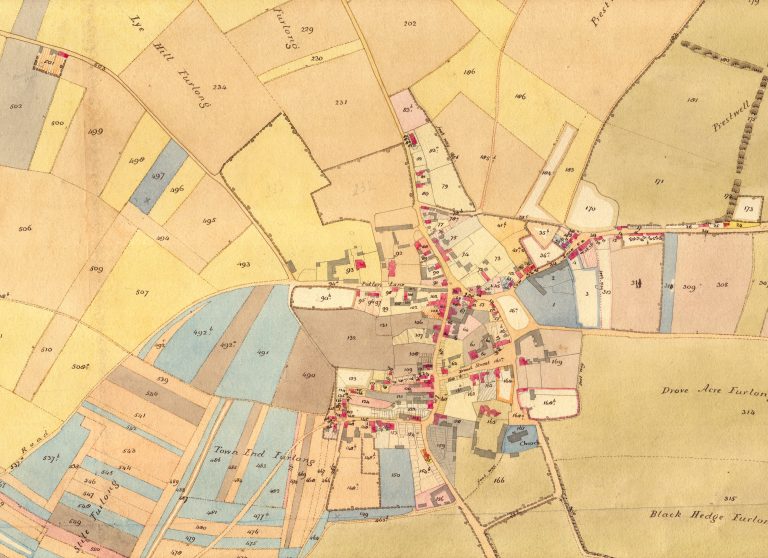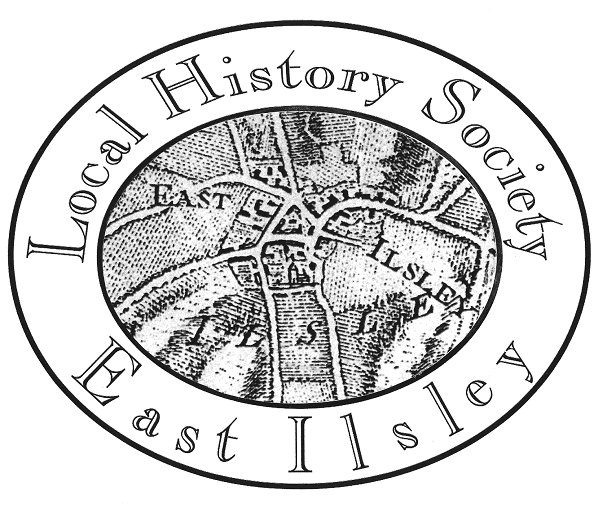Census Records
The census of 1841 is the first of the England Wales censuses to provide information about the members of each household. The census was then carried out at 10-year intervals, throughout the 19th and 20th centuries, the most recent that is available being the 1921 census. The 1931 census was destroyed during WW2 and the 1941 census was not held. The nearest that we have to a census for this period is the 1939 register, generated for the issue of ration cards etc. and later used in the early days of the NHS. There is a restriction on any data in the 1939 register for people who may still be living, so many names are redacted, unless they were born before 1922 (at present) or are known to have died.
Each census has slightly different sets of data available, but all of them provide the names of each person in the village on the day of the census. The Society holds copies of the census for East Ilsley from:
1841 (Part facsimile part transcription)
1851 (Facsimile)
1861 (Transcription)
1871 (Transcription)
1881 (Transcription)
1881 Strays (Transcription annotated & index)
1891 East & West Ilsley (Facsimile)
1901 (Facsimile)
1911 – Summary, Full details
1921 census – Full listing
1939 register – Summary, Full transcription
Most of these have been transcribed. Those that have downloadable files are shown in the listing above – more will be added when the transcriptions have been checked.
Before 1841 there are no country-wide documents available that list every individual, but there are other documents that can act as mini censuses, with restricted lists of people e.g. heads of household. One of these is the Terrier of East Ilsley Parish, a comprehensive record of the land in the parish, compiled in 1831 for the Rev. Thomas Loveday (newly appointed rector of East Ilsley) and linked to a detailed map. The terrier lists each parcel of land by number on the map, its owner (proprietor) and its occupier, together with a description of the ‘premises’ (the list covers dwellings, gardens, etc. as well as agricultural land), its tillage (arable, meadow, down etc.) and its assessment for tithe payments. This document is close enough to the 1841 census to provide a useful cross-reference. A full transcription of the 1831 terrier is available , and for convenience versions sorted alphabetically by owner and by occupier are also included – 1831_terrier_full, 1831_terrier_owners, 1831_terrier_occupiers. The plot numbers in these listings are those on the map associated with the terrier. An example of the detail on this map is shown below.
Contemporary with the 1831 terrier is an unusual document compiled by the local curate for the incoming rector, describing the parishioners and all their faults and foibles. This has some additional information on the families of the parishioners and so covers a different range of people than those listed in the terrier. The document is quite candid about the lifestyle of the parishioners and is quite scathing in some of the comments, for example describing one woman as “a drunken worthless creature”. The full document is available as a booklet, together with a map showing where each family lived and additional biographical information .
Earlier still is the Poor Rate of 1765, which lists the heads of household in the village, who were liable to pay the poor rate – Poor_rate_1765.
The earliest listing we have for East Ilsley is the Protestation document of 1642, which lists the names of every male over 18 years of age. All adult males were required to swear the oath to the Protestant religion, as required by Parliament. Those who refused were assumed to be Catholics and so unfit to hold office in Church or State. Biographies of many of those who signed the protestation oath have been developed and are available in this file – Protestation_biographies.

